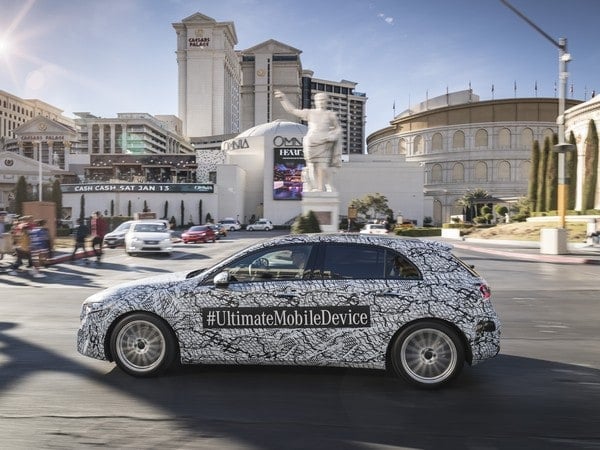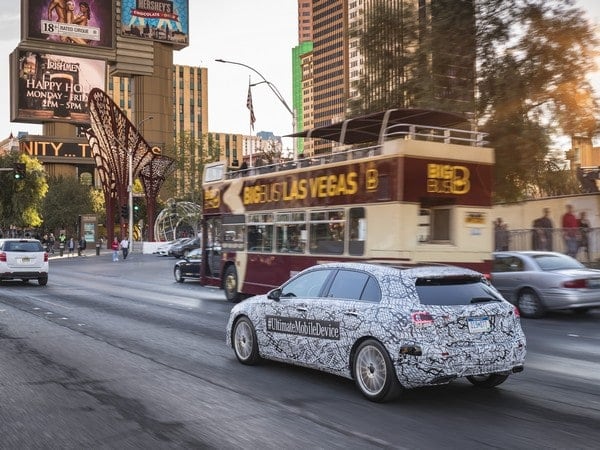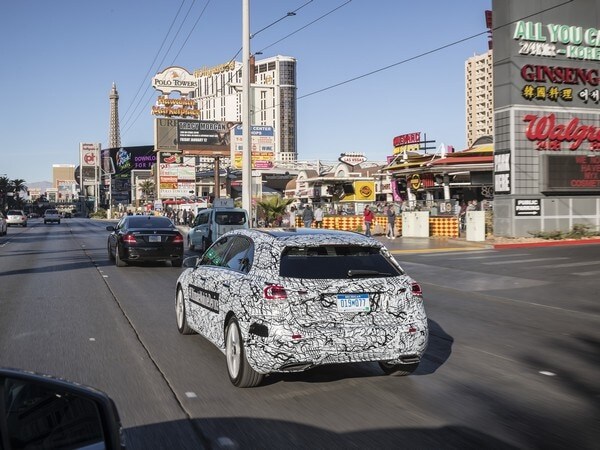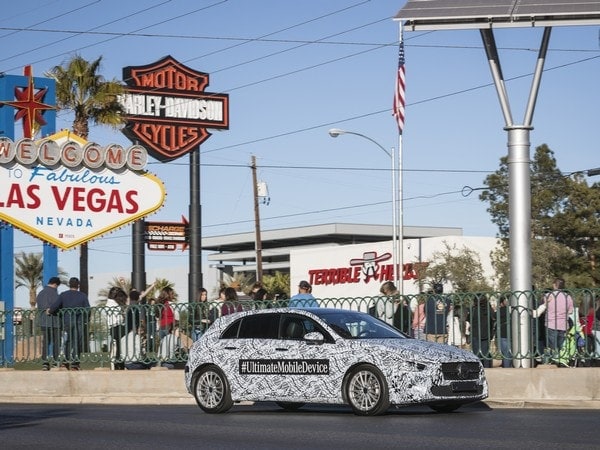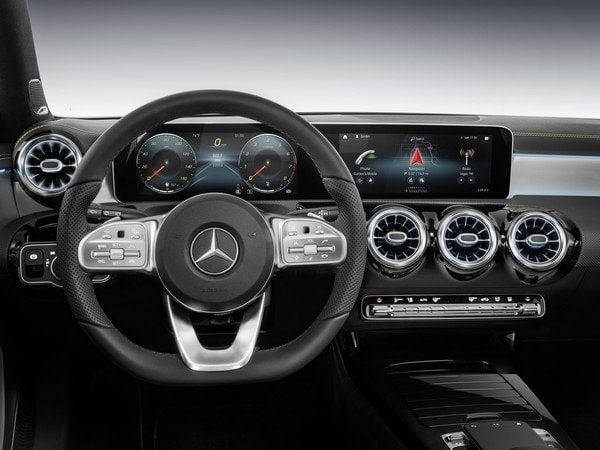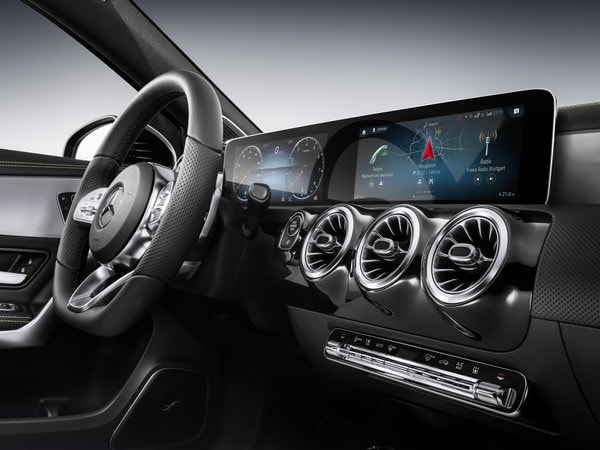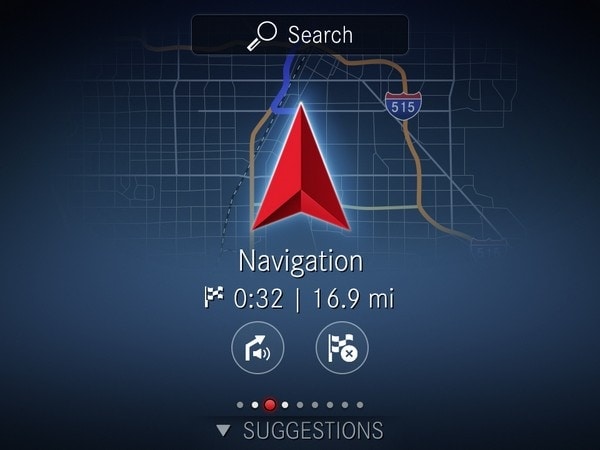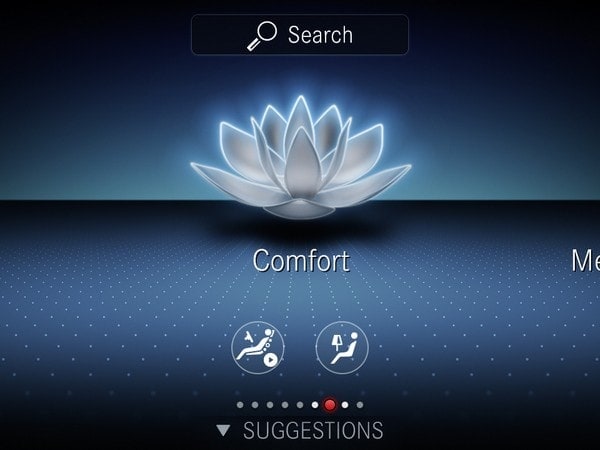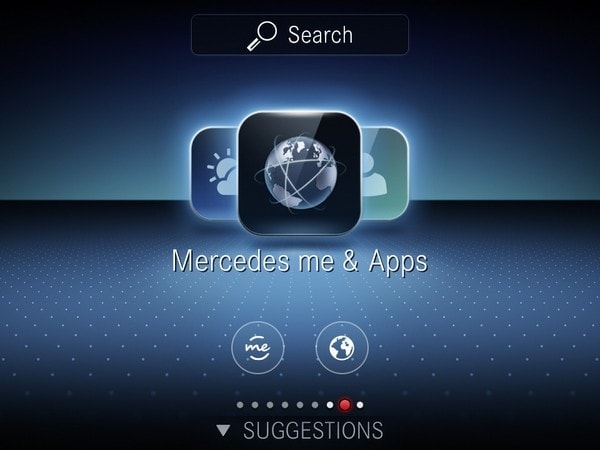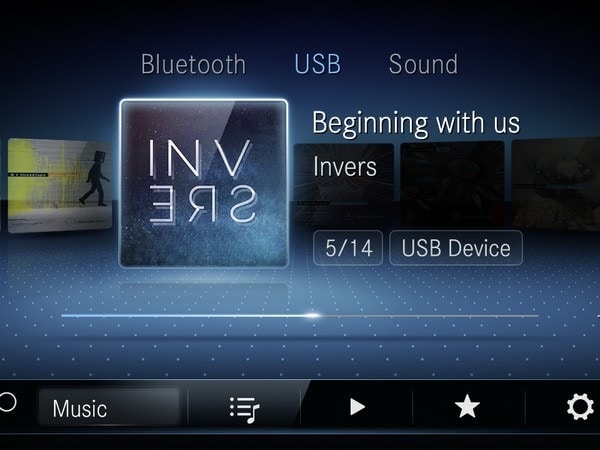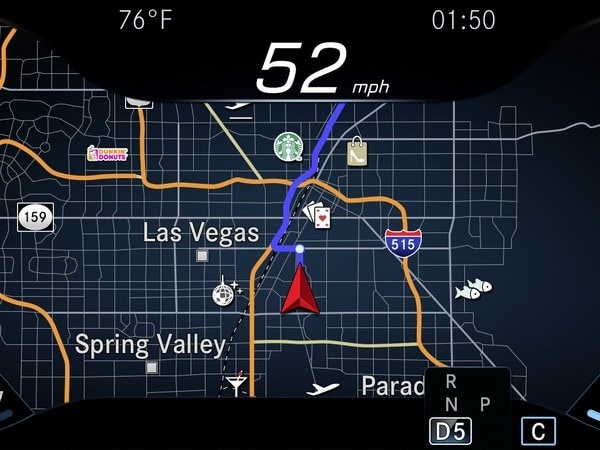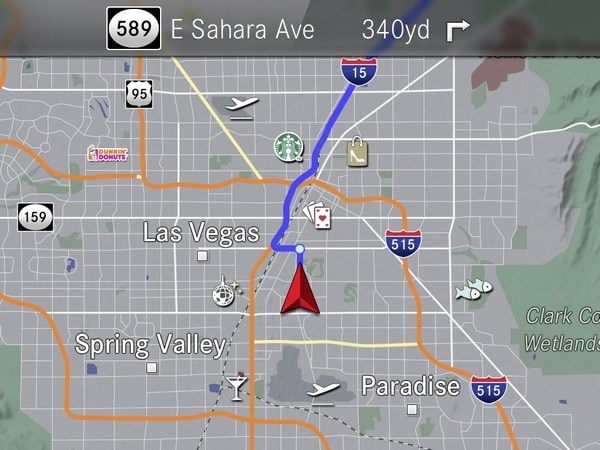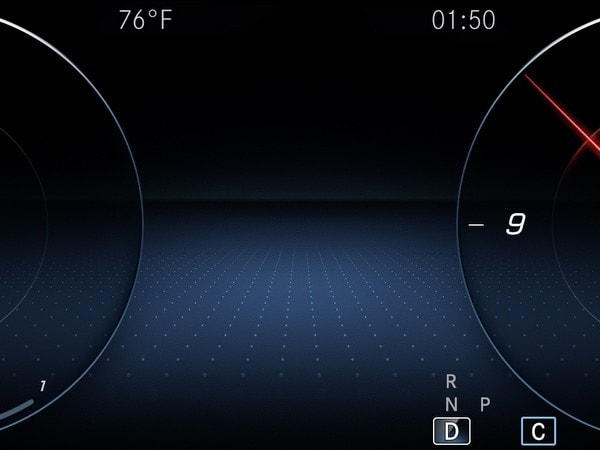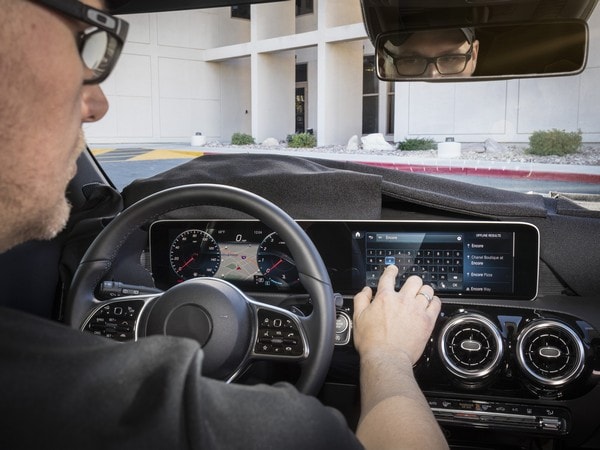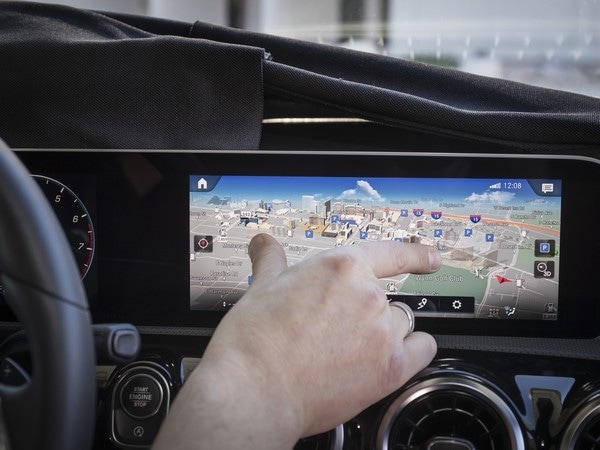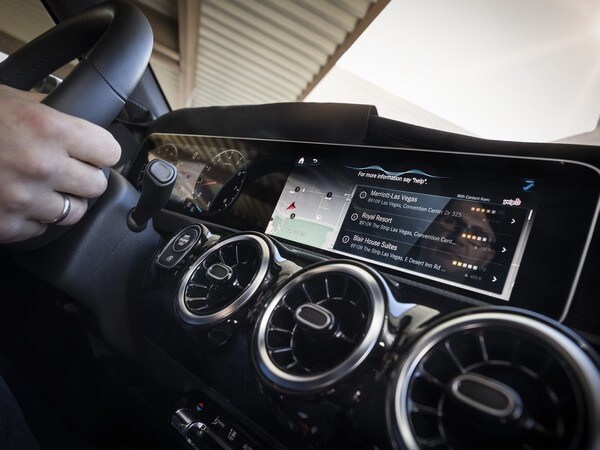If we’re honest, the user interfaces in most cars are terrible. Whether it’s the way the buttons are arranged or how the menus work, cars are, with few exceptions, really difficult to use.
As an automotive journalist, I drive a lot of cars. Generally, the first thing I do is to connect my phone to the car’s Bluetooth system. I’m a fairly tech-savvy guy, but if it takes me more than a minute or two to figure it out, I know that others are having considerably more trouble. Now extend that to the rest of the car and you’ll see what I’m getting at.
That’s what so exciting about the new in-car experience that’s coming (eventually) to every Mercedes-Benz. It’s called MBUX, short for Mercedes-Benz User Experience, and it will hit dealers in the new Mercedes A-Class later this year. Over the next few years, MBUX will be expanded to the rest of the Mercedes lineup as new generations of cars are launched.
It’s a total rethink of the way we interact with our cars, inspired by smartphones and ready for the future. MBUX includes big, high-resolution screens that smoothly respond to touch gestures, just like your smartphone. There’s an intelligent assistant that can respond to voice commands like “it’s too hot in here” or “take me to my Mom’s house.”
New take on voice command
That last one is particularly important. Lots of cars include voice command, but they usually require precise diction and choice of words. In the current Mercedes S-Class, for example, you have to say “Navigate to 1600 Pennsylvania Avenue, Washington, DC.” Vary from that format—by saying “take me to” for example—and you won’t get the result you want. With the new system, you’ll be able to say “Take me to the White House” and the system will do the rest.
This “natural language” is important because it makes the system so much easier to use. Instead of needing to remember precise commands, Mercedes owners will talk to their car just like they would talk to Alexa, Google Assistant, or Siri. Just say “Hey Mercedes,” and the car begins listening (and you can even drop off the “hey”).
It might seem annoying to have another “artificial intelligence” device around, but this one is specially tailored to the car. While Siri or Google won’t be much help if you have no cell service, the Mercedes system will still be able to handle commands like “turn my seat warmer on” even when you have no service.
Also: Get your first look at the new and redesigned cars of 2019
Eliminating control redundancy
In addition to the voice control and the big touchscreen, drivers and passengers will also be able to navigate the system via buttons and a touch-sensitive directional pad on the steering wheel or via a center-mounted trackpad. The spinning knob that has graced many Mercedes models for years is gone. The MBUX system also eliminates the need for many of the buttons you’ll find on a current Mercedes dash, leading to a much cleaner and easier to use design. Only climate controls and a few other items are left.
The user-interface is colorful and easy to use, with integrations from partners like Yelp and TripAdvisor used for finding restaurants or hotels. The system also learns from your behavior. If you always go to the gym after work, listening to upbeat music to get you ready for your workout, the car will eventually learn this behavior and proactively suggest destinations and music. Mercedes envisions the system as a sort of “personal assistant” for the driver.
There’s a lot more to the MBUX, but in our brief time testing it at CES in Las Vegas this week, we’re very excited for what else is to come — and for what Mercedes’ luxury competitors will come up with in response.

